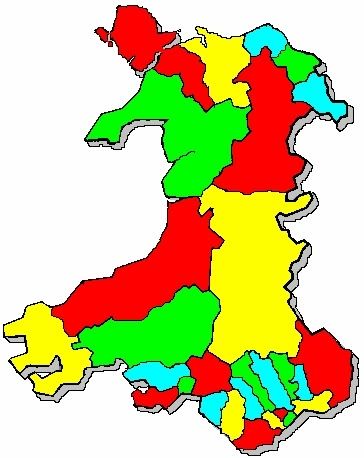PART 1
OFFICIAL STATUS OF THE WELSH LANGUAGE1. Official status of the Welsh language
(1) The existing provision about the official status of the Welsh language in Wales includes— (a) in the Government of Wales Act 2006, sections 35(1), 78(1) and (2)
and 156(1), and paragraph 8(3) of Schedule 2;
(b) in the Welsh Language Act 1993, Part 2, and sections 22, 24, 25, 26
and 27(1) 30 and (2).(2) This Measure makes further provision about the official status of the Welsh language in Wales, including— (a) provision establishing a Welsh Language Commissioner (see Part 2); (b) provision giving the Commissioner functions relating to the Welsh
language, including functions of—
(i) promoting and facilitating the use of the Welsh language and promoting equality between the Welsh and English languages
(see 20 Part 2), and
(ii) investigating interference with the freedom to use the Welsh
language (see Part 6); and
(c) provision for setting, and requiring compliance with, standards of conduct
in relation to the Welsh language (see Parts 4 and 5).(3) This Measure does not affect the status of the English language in Wales.
PART 1
OFFICIAL STATUS OF THE WELSH LANGUAGE1. Official status of the Welsh language
(1) The Welsh language has official status in Wales.
(2) The existing provision about the official status of the Welsh language in Wales includes— (a) in the Government of Wales Act 2006, sections 35(1), 78(1) and (2)
and 156(1), and paragraph 8(3) of Schedule 2;
(b) in the Welsh Language Act 1993, Part 2, and sections 22, 24, 25, 26
and 27(1) 30 and (2).(3) This Measure makes further provision about the official status of the Welsh language in Wales, including— (a) provision establishing a Welsh Language Commissioner (see Part 2); (b) provision giving the Commissioner functions relating to the Welsh
language, including functions of—
(i) promoting and facilitating the use of the Welsh language and promoting equality between the Welsh and English languages
(see 20 Part 2), and
(ii) investigating interference with the freedom to use the Welsh
language (see Part 6); and
(c) provision for setting, and requiring compliance with, standards of conduct
in relation to the Welsh language (see Parts 4 and 5).(4) This Measure does not affect the status of the English language in Wales.









